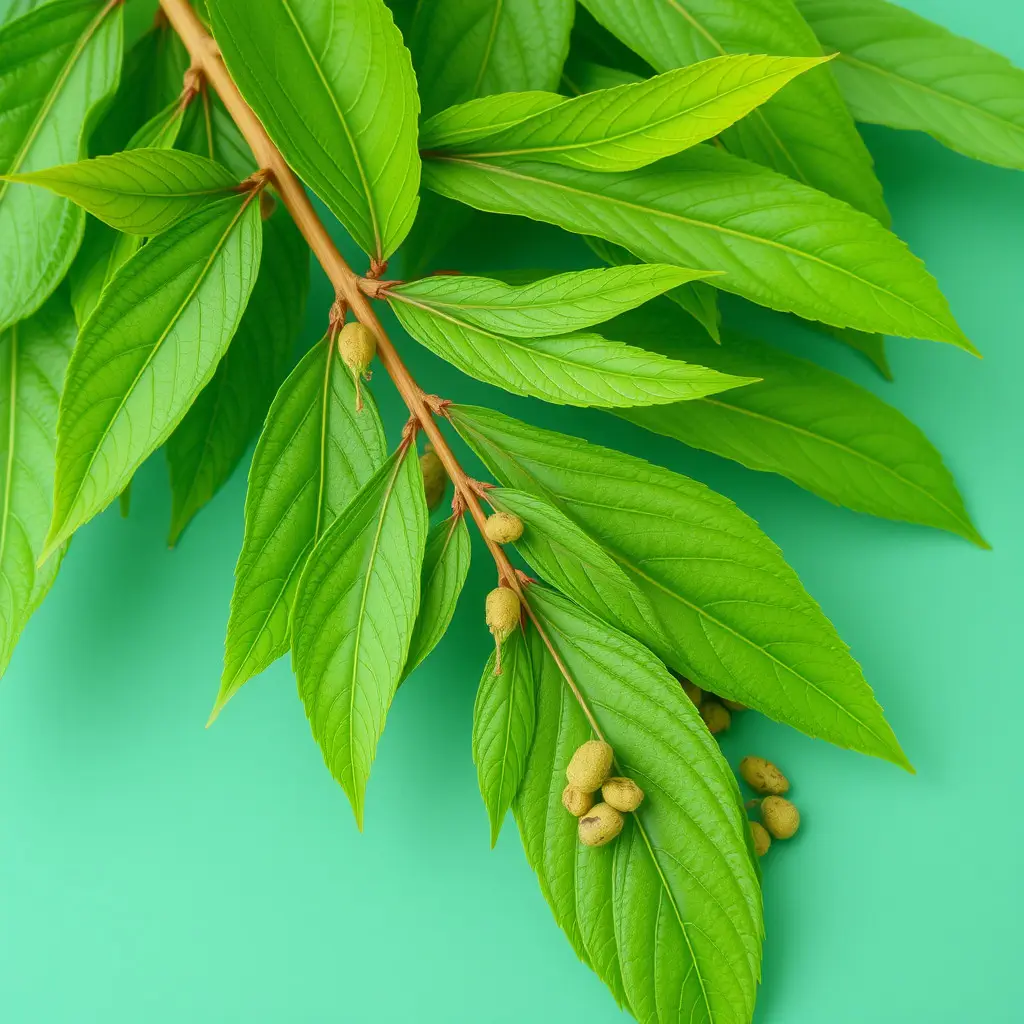Muscle soreness post-exercise is common among those new to physical activity or those intensifying their workouts, and is a natural response to muscle fiber microtrauma that triggers inflammation and pain, which is actually beneficial for muscle repair and adaptation. Chronic pain from exercise can be managed with kratom, a natural supplement derived from the Mitragyna speciosa tree, whose traditional use in Southeast Asia includes pain relief and energy enhancement. Kratom's active compounds, mitragynine and 7-hydroxymitragynine, may offer analgesic effects by interacting with opioid receptors, potentially serving as an alternative to prescription painkillers with fewer side effects. However, kratom should be used under medical guidance due to its potential for abuse and drug interactions. Effective chronic pain management with kratom requires careful dosing and monitoring. For those looking to integrate kratom into their fitness routines, it's important to consult healthcare professionals to ensure safe usage, understand legal restrictions, and balance personalized workout regimens that cater to individual needs for muscle recovery and growth. Kratom can be a part of this process when used responsibly, contributing to improved pain management and overall well-being alongside tailored exercise programs.
Exploring the intersection of physical activity and chronic pain, this article delves into the science behind muscle soreness and its effects on exercise regimens. It examines the potential of kratom in pain management, offering insights into how it can be integrated into tailored workout plans to alleviate discomfort. With a focus on customized solutions for maintaining an active lifestyle despite muscle soreness, readers will discover strategies that harness the benefits of kratom as part of a holistic approach to chronic pain management in the context of fitness.
- Understanding Muscle Soreness and Its Impact on Exercise Routines
- The Role of Kratom in Chronic Pain Management and its Implications for Workout Plans
- Designing Customized Workout Plans to Alleviate Muscle Soreness Using Kratom as a Complementary Strategy
Understanding Muscle Soreness and Its Impact on Exercise Routines

Muscle soreness, often characterized by discomfort or pain in the soft tissues, is a common experience for individuals engaged in physical activities, especially those who are new to exercise or who have intensified their workout routines. This soreness can range from acute, short-term discomfort following intense or unaccustomed activity, to chronic pain that persists over a longer period. Understanding the origin of muscle soreness is crucial for effective chronic pain management and for maintaining an exercise regimen without exacerbating existing conditions. The primary culprit behind muscle soreness after exercise is the microtrauma inflicted on muscle fibers during physical activity, which can lead to inflammation and the release of certain molecules that contribute to the sensation of pain. This natural response to stress and strain allows for muscle repair and adaptation over time, a process essential for strength and endurance gains.
In the quest for chronic pain management, individuals often explore various options, including natural supplements like kratom. Kratom, derived from the leaves of the Mitragyna speciosa tree, has been traditionally used in Southeast Asia for pain relief and energy enhancement. Its active compounds, mitragynine and 7-hydroxymitragynine, may interact with opioid receptors in the brain to alleviate pain without the side effects associated with prescription painkillers. For those managing muscle soreness as part of their workout routine, incorporating kratom into a holistic pain management strategy could potentially allow for continued exercise while providing relief from discomfort. However, it is imperative to consult healthcare professionals before integrating kratom into any pain management plan, considering its potential for abuse and interactions with other medications. Proper dosing and monitoring are essential for safe and effective use of kratom in the context of muscle soreness relief and exercise routine maintenance.
The Role of Kratom in Chronic Pain Management and its Implications for Workout Plans

When integrating physical activity into a routine that manages chronic pain, understanding the role of supplements like kratom can be crucial for optimizing workout plans and alleviating muscle soreness. Kratom, derived from the leaves of Mitragyna speciosa, has been traditionally used in Southeast Asia for pain relief and energy enhancement. Its active compounds, mitragynine and 7-hydroxymitragynine, are believed to interact with the brain’s opioid receptors, potentially providing analgesic effects that can help manage chronic pain. For individuals dealing with persistent soreness from exercise, incorporating kratom into their pain management strategy may allow for more intense and regular workouts, thereby supporting muscle recovery and growth. However, it is imperative to approach the use of kratom with caution; while it may offer relief, its efficacy and safety are subjects of ongoing research and regulatory scrutiny. Users should consult healthcare professionals before integrating kratom into their chronic pain management plan, especially when considering its implications for a personalized workout regimen. Proper dosing, awareness of potential side effects, and adherence to legal guidelines are all essential factors in the responsible use of kratom for those aiming to maintain an active lifestyle while managing chronic pain.
Designing Customized Workout Plans to Alleviate Muscle Soreness Using Kratom as a Complementary Strategy

When managing chronic muscle soreness, tailored workout regimens play a pivotal role in alleviating discomfort and promoting overall well-being. Designing customized workout plans that account for individual fitness levels, goals, and specific muscle groups affected by soreness is essential. These personalized routines often include exercises that target secondary muscle groups to distribute the training load more evenly across the body, reducing strain on already sore areas. Incorporating a variety of movements, such as resistance training, cardiovascular activities, and flexibility exercises, can help in building resilience in the muscles and joints.
Kratom, a natural supplement derived from the Mitragyna speciosa tree, has been explored for its potential benefits in chronic pain management. Users report that kratom may provide analgesic effects, which can complement workout routines by easing muscle soreness before, during, or after exercise. When integrated thoughtfully into a fitness plan, kratom may enhance the individual’s ability to engage in physical activity without being hindered by pain. It’s important to note that while kratom may offer relief for some, its use should be approached with caution and under the guidance of a healthcare professional due to its potent effects and potential regulatory considerations. Users must adhere to safe dosing guidelines and be aware of any contraindications or interactions with medications they may be taking. With careful consideration and professional oversight, kratom can be a valuable adjunct to a customized workout plan aimed at relieving muscle soreness and managing chronic pain.
Muscle soreness can significantly hinder an individual’s exercise routine, yet understanding its mechanisms allows for tailored approaches to alleviate discomfort. Kratom, recognized for its potential in chronic pain management, offers a complementary strategy when designing customized workout plans. By incorporating exercises that target specific muscle groups and using kratom to manage pain, individuals can maintain an active lifestyle without the impediment of soreness. This article has explored the science behind muscle soreness, the benefits of kratom in pain management, and practical strategies for integrating both into a personalized fitness regimen. For those seeking effective chronic pain management with kratom as part of their workout plan, these insights can be pivotal in achieving both fitness goals and relief from muscle soreness.






